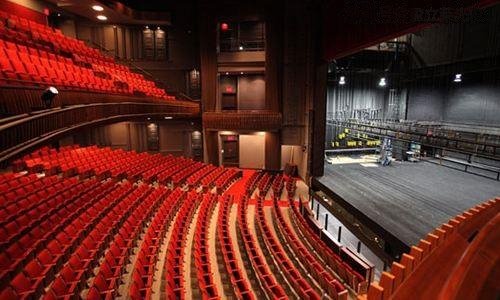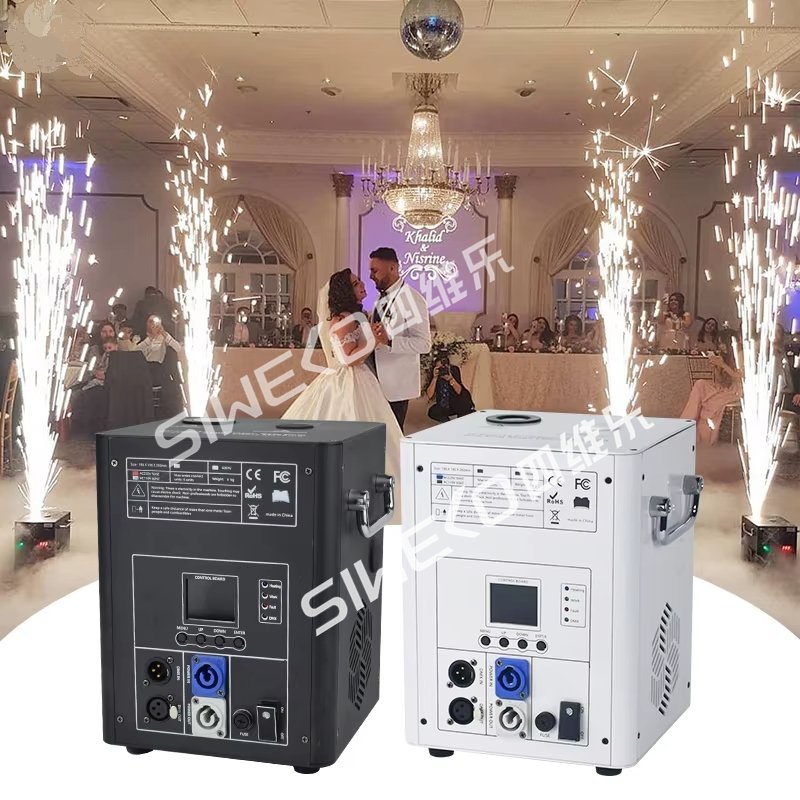1. The Creative Use of LED Technology
The world of theatrical lighting design is a captivating realm where creativity meets technology, continuously evolving to enhance storytelling on stage. As lighting designers innovate and experiment, they explore new techniques that captivate audiences and enrich productions. From the integration of LED technology to immersive experiences and interdisciplinary collaborations, here are five prominent trends shaping contemporary theatrical lighting design.

LED technology has revolutionized theatrical lighting design, offering a myriad of creative possibilities that were once unimaginable. The energy efficiency of LEDs not only minimizes electrical consumption but also provides greater design flexibility, alleviating pressure on power and cooling systems in theaters. Additionally, the longevity of LED lights ensures durability and reliability, reducing maintenance needs during lengthy theatrical runs. This results in long-term cost savings and fewer disruptions to productions.
One of the most significant advantages of incorporating LEDs into theater design is the expansive range of colors and control options they offer. Designers can craft dynamic color palettes and subtle transitions that enhance the emotional depth of each scene. Whether employing warm hues to evoke intimacy or vibrant colors to amplify energy, LEDs provide unparalleled versatility. Perhaps the most exciting aspect of utilizing LEDs is their potential for creating immersive visual effects. From dynamic projections that reshape the stage environment to special effects that challenge the audience’s perception, designers are leveraging the versatility of LED technology to elevate theatrical productions to extraordinary heights.
2 Immersive Experiences
Another trend gaining traction in theatrical lighting design is the focus on immersive experiences. Productions are increasingly using lighting to engage audiences on a multisensory level, blurring the lines between performers and spectators. This approach invites the audience to become part of the narrative, creating a more profound emotional connection with the story being told. By employing techniques such as surround lighting, designers can envelop the audience in a rich tapestry of light that enhances the overall experience, making them feel like active participants rather than mere observers.
This trend often involves the integration of lighting with sound, set design, and even interactive elements, allowing for a more holistic and engaging performance. The result is a theatrical experience that captivates the senses and leaves a lasting impression on audiences. As technology continues to advance, the potential for immersive lighting design will only expand, providing new opportunities for storytelling and audience engagement.

3. Interdisciplinary Collaborations
Interdisciplinary collaboration is another exciting trend reshaping theatrical lighting design. Designers are increasingly working alongside choreographers, directors, and digital artists to create cohesive and innovative productions that integrate various art forms. This collaboration allows for a more comprehensive approach to lighting design, incorporating elements of dance, visual art, and multimedia to create a richer narrative experience. By blending these disciplines, lighting designers can craft extraordinary visual landscapes that enhance the storytelling process and create a seamless connection between different artistic elements.
The cross-pollination of ideas and techniques from various art forms results in groundbreaking productions that push the boundaries of traditional theater. This collaborative approach fosters creativity and innovation, enabling designers to explore new possibilities and redefine the role of lighting in theater. As artists continue to break down silos and work together, audiences can expect to see increasingly imaginative and thought-provoking performances that challenge conventional norms.

4. Use of Smart Technology
Smart technology is rapidly making its way into theatrical lighting design, enhancing the precision and control of lighting systems. The advent of wireless control systems, automated lighting fixtures, and sophisticated software allows designers to create complex lighting setups that can be easily adjusted and programmed. This level of control enables designers to synchronize lighting cues with sound and other production elements, enhancing the overall cohesiveness of the performance. Moreover, smart technology can facilitate real-time adjustments during performances, allowing for dynamic changes based on audience reactions or specific moments in the show.
The integration of smart technology also paves the way for remote operation and monitoring, making it easier for designers to manage lighting systems from backstage or even off-site.




